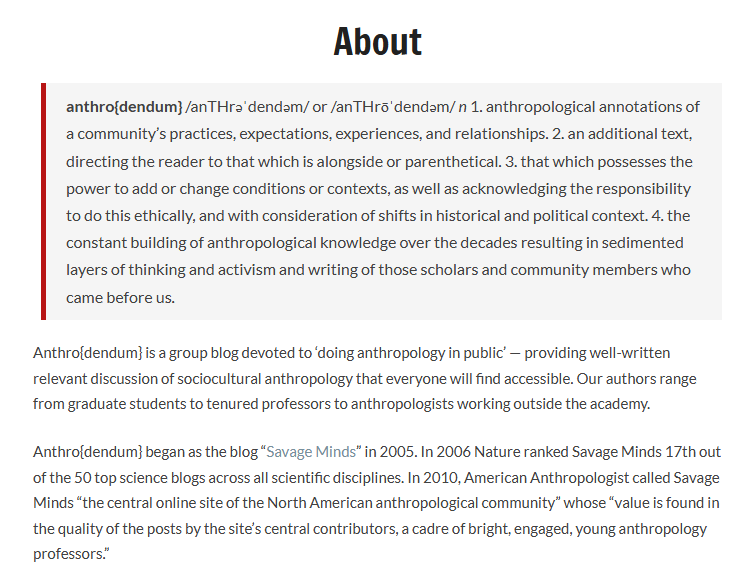Budka, P. (2017). [Review of the book Handbuch der Medienethnographie, by C. Bender & M. Zillinger]. Paideuma. Mitteilungen zur Kulturkunde, 63, 303-307.
Der Sammelband „Handbuch der Medienethnographie“ bietet einen Einblick in ein aufstrebendes und im deutschen Sprachraum noch zu wenig beachtetes Forschungsfeld. Ethnographie wird in diesem Buch vor allem als Methode in der qualitativen Medienforschung verstanden und die Autorinnen und Autoren, allesamt erfahren in der ethnographischen Feldforschung, wurden von der Herausgeberin Cora Bender und dem Herausgeber Martin Zillinger aufgefordert, individuell zu reflektieren, „wie sie selbst im Feld vorgegangen sind, um Medien und Medienpraktiken zu erforschen“ (xi). Diese Reflexion über die eigene Forschungspraxis ist laut Bender und Zillinger charakteristisch für die Ethnologie als „ethnographische Königsdisziplin“ (xii). Mittels dichter Beschreibungen aus unterschiedlichen ethnographischen Forschungsfeldern will der Band mit seinen Beiträgen auch die Verbindung zwischen Empirie und Theorie in der Ethnologie in den Blick nehmen. Schwerpunkte bleiben dabei die subjektiven Erfahrungen der Feldforscherinnen und Feldforscher als Fremde, die unter spezifischen Bedingungen in bestimmten Lokalitäten in Austausch mit Menschen treten, um die entsprechenden Interaktionsprozesse schließlich zu interpretieren.
Continue reading Review: Handbuch der Medienethnographie


